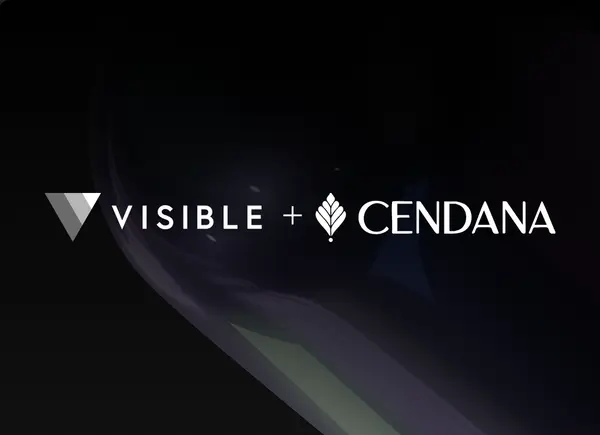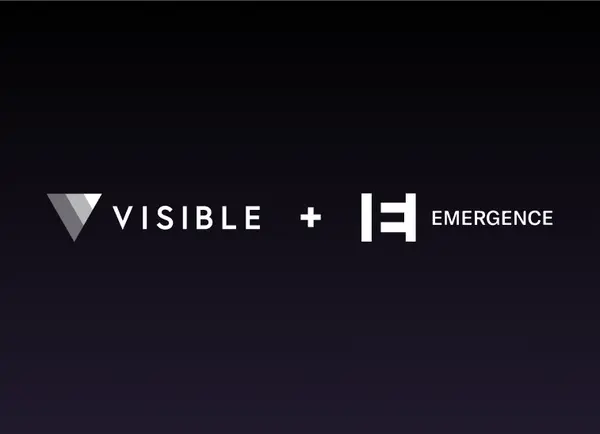What is a VC Platform?
First off, if you’re reading this article because you haven’t fully wrapped your head around what a VC Platform is, that’s ok. The term Platform is still relatively new in the VC world with the first VC Platform roles being formalized around 2013.
The term VC Platform can be defined as formalized post-investment support and services that VCs provide to their portfolio companies to help increase their chances of success and differentiate the VC firm.
Stephanie Manning from Lerer Hippeau decoded the VC Platform role and explains that a Platform role (or roles) vary by title but responsibilities typically fall into these six buckets:
- Talent
- Business Development
- Content, Marketing & Communications
- Community & Network
- Operations
- Events
In sum, Platform roles help formalize the post-investment support processes and make them repeatable and reliable.

This image is from the Lerer Hipeau Blog Post Paths into Venture Capital: Decoding the VC Platform role.
Related resource: How to Get Into Venture Capital: A Beginner’s Guide
Why VC Platforms Roles Exist
VC Platform roles exist for two main reasons —
- To scale support — Investors get spread thin as their portfolios grow and they need a way to scale their support.
- To differentiate one firm from another — At the end of the day, VC’s are all selling the same product, capital, and need a way to differentiate themselves to attract deal flow.
Different VC Platform Approaches
Although the objectives of all VC Platform roles are the same (see above), VCs take different approaches to Platform based on the needs of their portfolio, available resources, and differentiation strategy.
If you’re hiring for your first Platform role, it’s likely you don’t have a Platform strategy defined yet. This is completely ok to start, but would heed the advice from Jay Acunzo from NextView Ventures and note that “platform only works when you’re known for something”.
Acunzo goes on to suggest the following:
Firms with broader investment strategies should pick another focus area to ensure platform success, whether by owning a tactic (e.g. workshops, video, etc.), a business function (e.g. recruiting, design) or a sector (B2B SaaS). Even if a firm invests outside that industry, it’s still a better approach to be truly meaningful to one audience than mostly forgettable to many.
With this in mind, right before or right after your first hire, you should be thinking about where portfolio needs, available resources, and your VC brand align.

Check out our post on Defining your VC Platform Approach which includes a VC Platform Positioning Exercise template to kick off your brainstorming.
What to look for in your first VC Platform Role
Although you’ll eventually want your Platform to specialize and “be known for something” if you don’t know what that “something” is yet, we suggest looking for someone with marketing, events, or recruiting experience as a first hire. Previous experience with startups or working in Venture Capital is a major bonus but making it a requirement may narrow your search significantly.
Jack-(or Jill)-of-all-trades type often do well in platform roles because they’re going to be wearing several hats at once. When interviewing candidates look for someone with a proven record of creating things from scratch (from idea to implementation) because you’ll want to find someone who has the ability to try out a few different approaches to post-investment support and be ok when some flat-out don’t work.
They’ll also need to be a persuasive communicator because they will need to convince both your investment team and your companies to try new ideas.
And finally, as you think long-term about how your portfolio and Platform will grow, you may envision this person managing a Platform team. Therefore, it’s a good idea to hire someone who has the organization and leadership skills required to lead a team.
A summary of traits to look for:
- Building relationships is second nature
- Enjoys organizing events and bringing people together
- Takes a creative approach to problem-solving
- An idea generator AND executor
- Ability to wear multiple hats and remain organized
- Previous experience working with startups or at a startup
- Can deliver on projects with little guidance from others
- Demonstrated ability to communicate effectively and persuasively
- Aptitude for managing a team
Writing the VC Platform Role Job Description
To get started with writing the job description for your first VC Platform role, it’s a good idea to check out real examples from other firms.
Here you can find a public-facing VC Platform Job Board which includes job descriptions for various types of Platform roles.
You could also utilize LinkedIn and search for VC Platform Manager or Director of Platform to view open roles from other funds.
How to set your VC Platform Manager up for Success
You may find managing someone in a Platform role to be challenging from the perspective that their work may seem unrelated to the focus areas of other fund staff. And that’s because it is.
Ask any first Platform hire and they will undoubtedly tell you they felt isolated and even lonely in their role. This is why it’s critical to encourage the new hire to create their own peer network of people in platform roles outside of the fund. This network can also help them upskill more quickly and have people who understand their work to bounce ideas off.
Thankfully, a welcoming community of people like this already exists. The VC Global Platform Community is a network of people in platform roles around the world who connect virtually (via a forum, video calls, and events) to discuss best practices, exchange ideas, and foster relationships.
You can additionally support the new Platform hire by backing them up when they want to implement new ideas and need buy-in, and ensuring there are opportunities for them to be heard. A Platform person’s nightmare is being excited about rolling out a new idea but not being able to get the ‘air-time’ with relevant team members to push it forward. As a manager, you can keep this communication channel open by setting up a regular (try quarterly) meeting between the Platform hire and the investment team to discuss post-investment support initiatives and decide on next steps.
Consider using Visible.vc’s portfolio reporting tools to increase transparency between your Platform team and Investment team.
And finally, your new Platform hire will want to know their work is making a difference. It’s a good idea to challenge them to come up with their own method for defining and measuring success for improving and formalizing your fund’s post-investment support. Check in with them about these goals on an agreed upon cadence.
Hiring your first VC Platform role is a great way to scale the post-investment support you offer your portfolio companies and to differentiate your fund from the sea of other capital providers.
However, it’s not always easy given this hire will be working on initiatives that other staff members haven’t previously dedicated much time or resources to. But with the right person, and by being intentional about setting them up for success, this new hire can add immense impact to your fund’s performance.
Visible for Investors is a founder-friendly portfolio monitoring and reporting platform.




